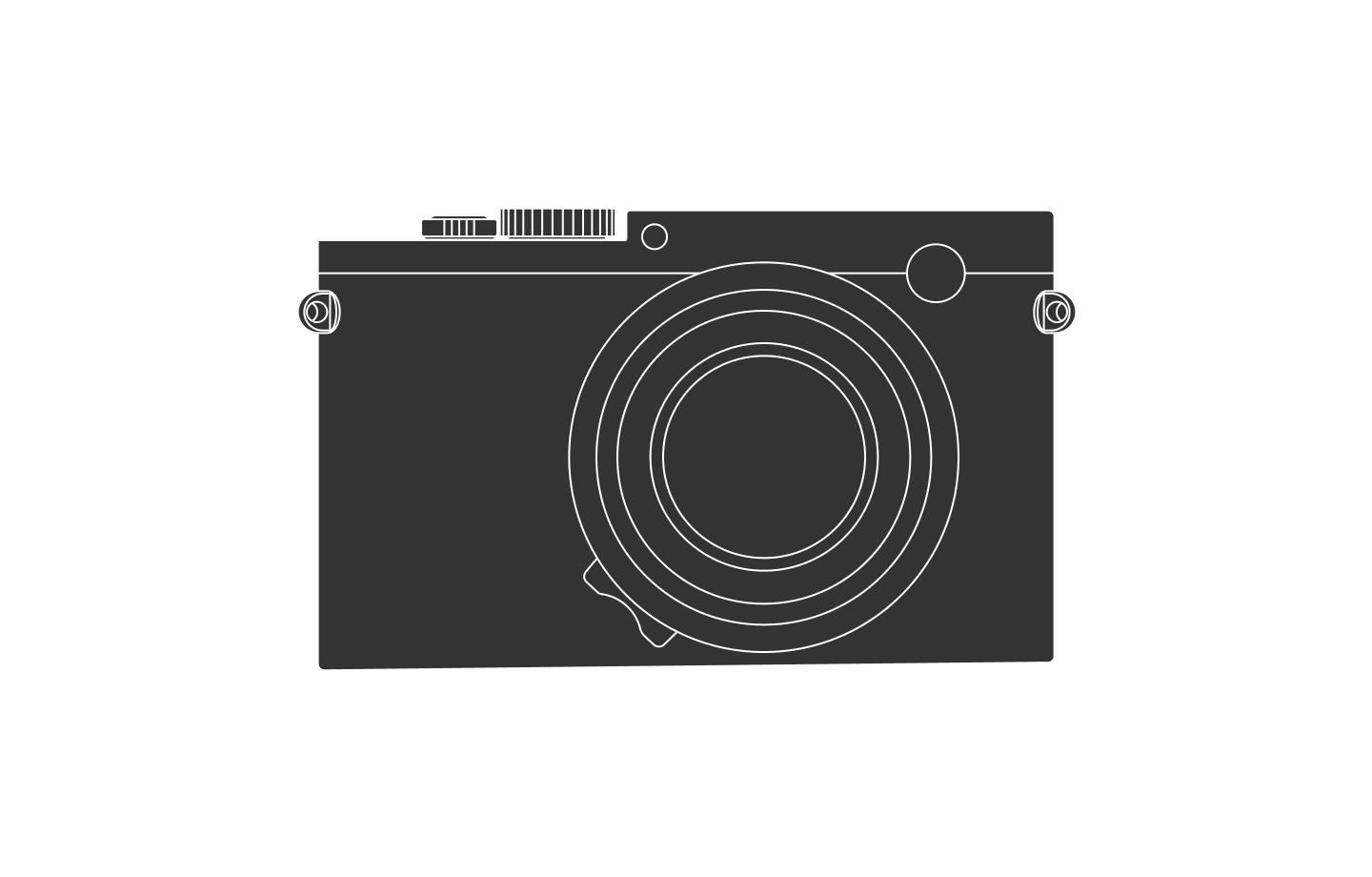
Munich · Streets, U-Bahn, Olympiapark
5 min read May 26, 2020
After a quick stop in Amsterdam, where I met up with my wife, we went to Munich for a long weekend.
Both driving Volkswagens and regularly using German household goods and appliances, we are deeply affected by German design and art. She had never been to Germany, and I had only spent a day in Frankfurt in high school. So, it was a new experience for us both.
There are two parts to this story. This part is about photographs I took on the streets, in the U-Bahn (underground railway) stations and in Olympiapark, site of the 1972 Summer Olympics. The second is focused on two of the museums we toured.
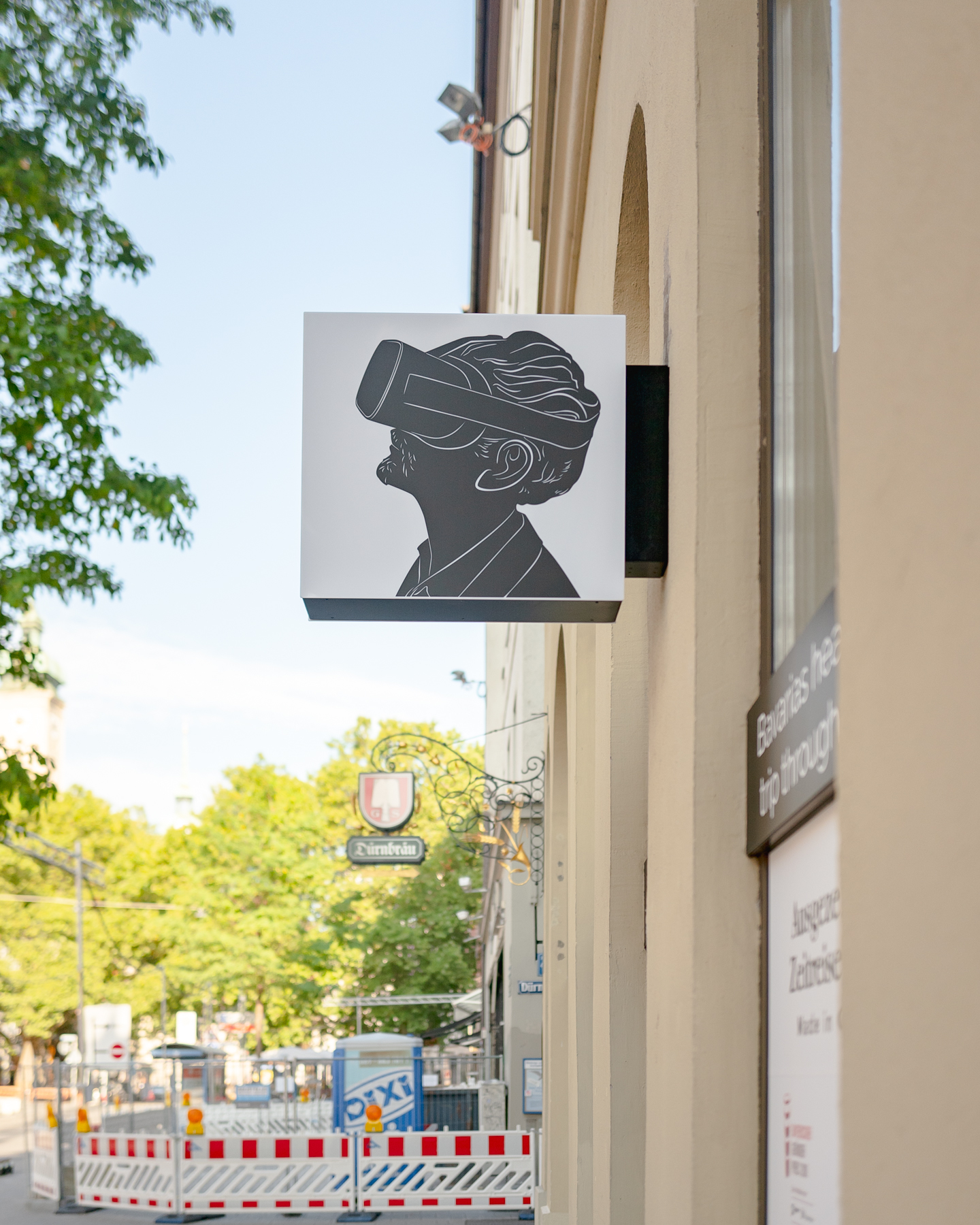 Leica Q · f/1.7 · 1/3200 · ISO
100
Leica Q · f/1.7 · 1/3200 · ISO
100
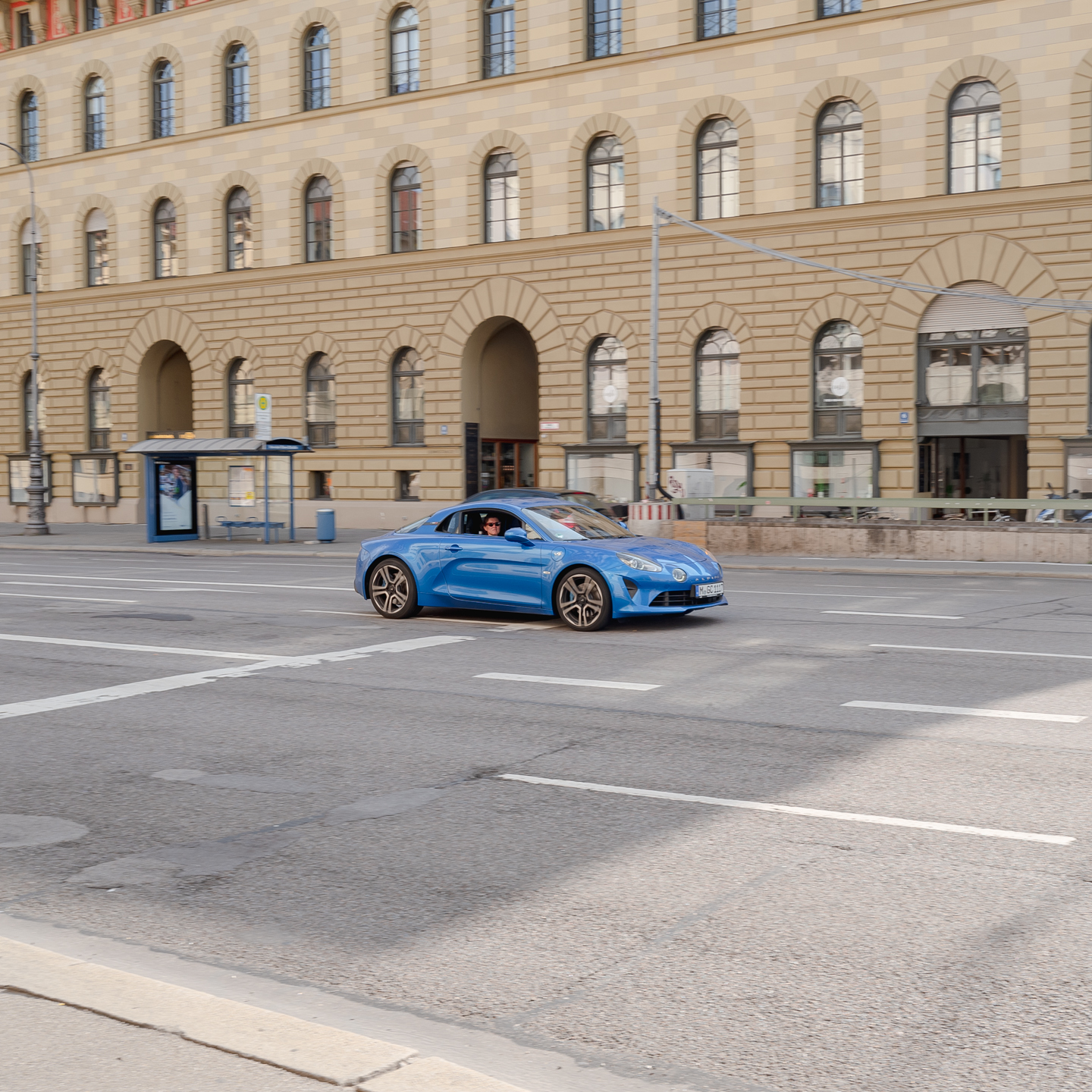 An Alpine A110 · Leica Q · f/7.1 ·
1/200 · ISO 100
An Alpine A110 · Leica Q · f/7.1 ·
1/200 · ISO 100
 Leica Q · f/1.7 · 1/1250 · ISO
100
Leica Q · f/1.7 · 1/1250 · ISO
100
 Leica Q · f/7.1 · 1/60 · ISO
500
Leica Q · f/7.1 · 1/60 · ISO
500
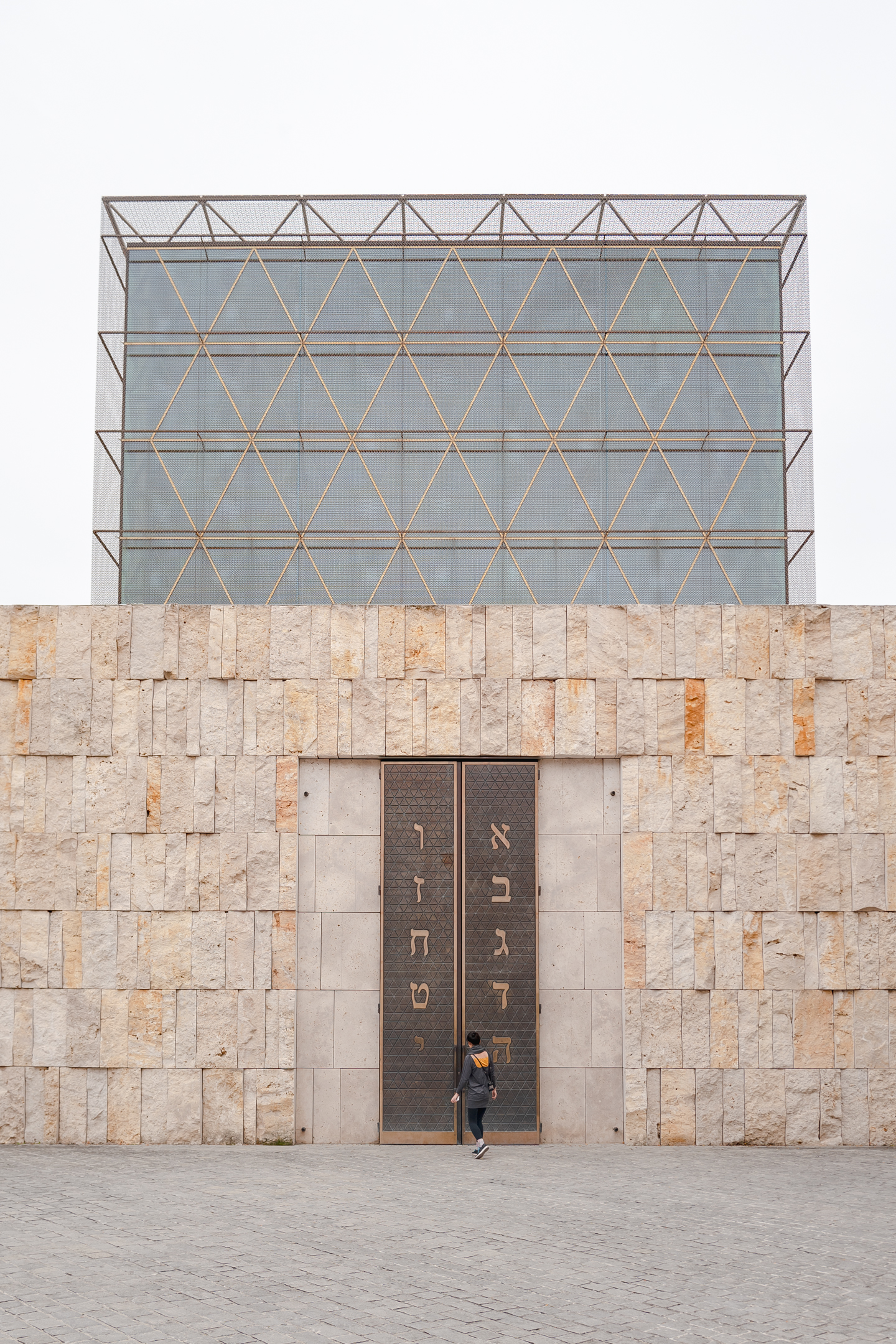 Leica Q · f/5.6 · 1/200 · ISO
100
Leica Q · f/5.6 · 1/200 · ISO
100
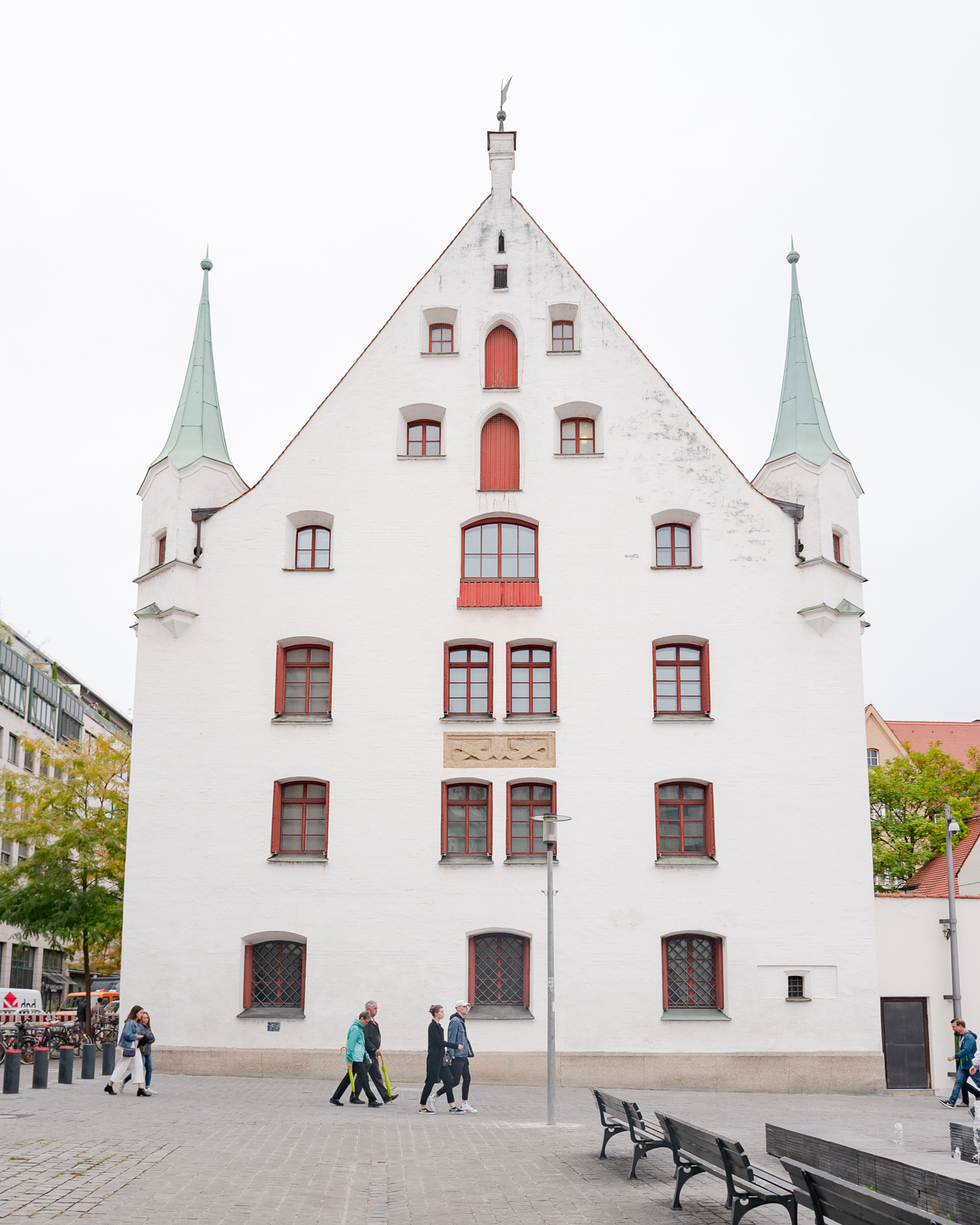 Leica Q · f/5.6 · 1/640 · ISO
100
Leica Q · f/5.6 · 1/640 · ISO
100
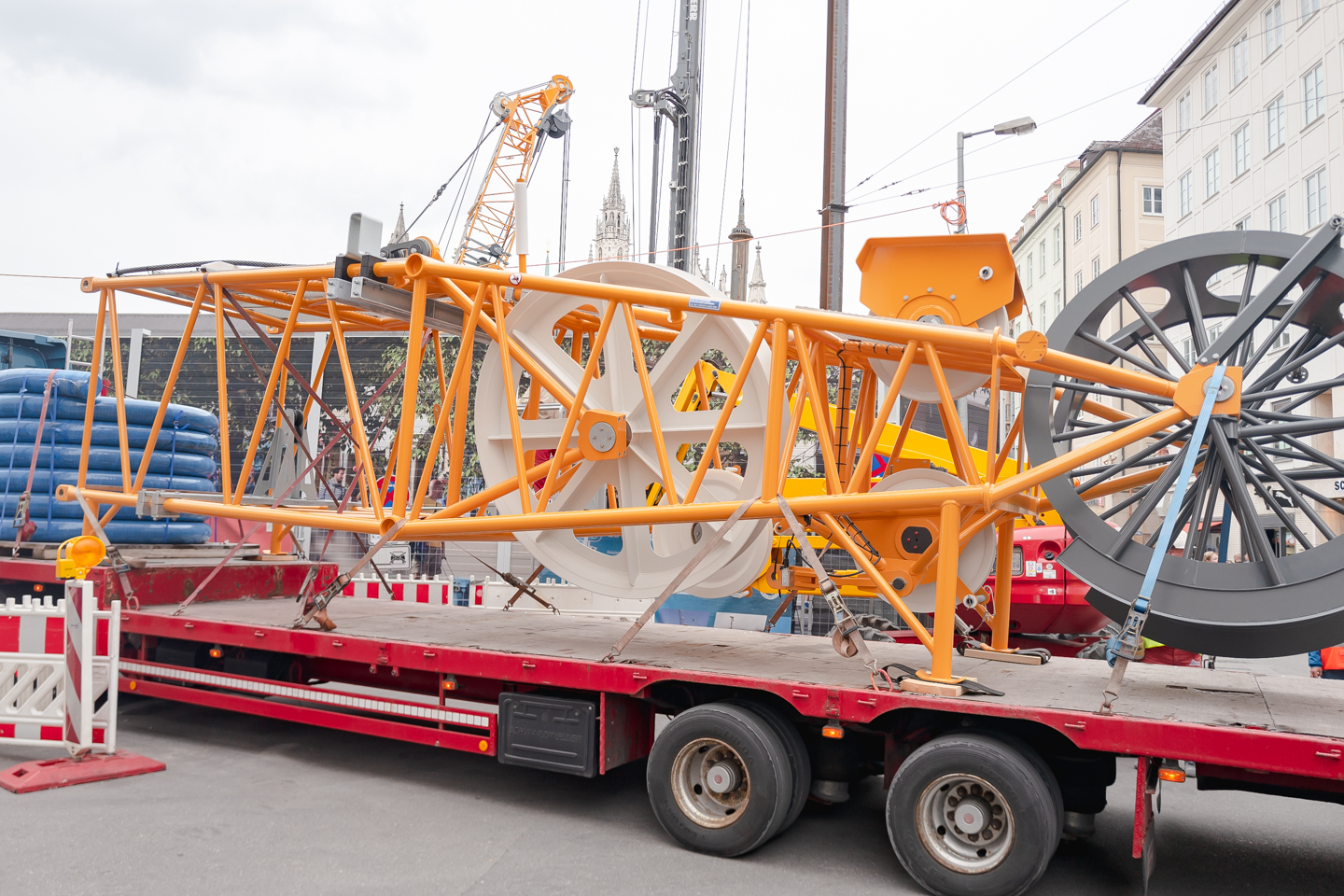 Leica Q · f/2.5 · 1/800 · ISO
100
Leica Q · f/2.5 · 1/800 · ISO
100
 Leica Q · f/6.3 · 1/60 · ISO
320
Leica Q · f/6.3 · 1/60 · ISO
320
 Leica Q · f/3.5 · 1/60 · ISO
100
Leica Q · f/3.5 · 1/60 · ISO
100
We were lucky enough to stop by the Vitsoe store in Munich. On the wall, they happened to have the original drawing a 23-year-old Dieter Rams penned in 1955 at Braun, foreshadowing the Vitsoe 606 Universal Shelving System he would design for Vitsoe 4 years later.
 Leica Q · f/3.5 · 1/125 · ISO
100
Leica Q · f/3.5 · 1/125 · ISO
100
 Leica Q · f/11 · 1/15 · ISO
100
Leica Q · f/11 · 1/15 · ISO
100
Believe it or not, even though Munich is far from the ocean, it counts surfing as a popular outdoor activity. You can find the surf spot on the Eisbach river that flows through the Englischer Garten. It’s a standing wave that forms beneath a bridge near the Haus der Kunst museum.
For decades, surfing here was illegal due to the danger posed by concrete baffles and other hazards. Then, in 2010, the city put up this sign allowing surfing but warning that only experts should try.
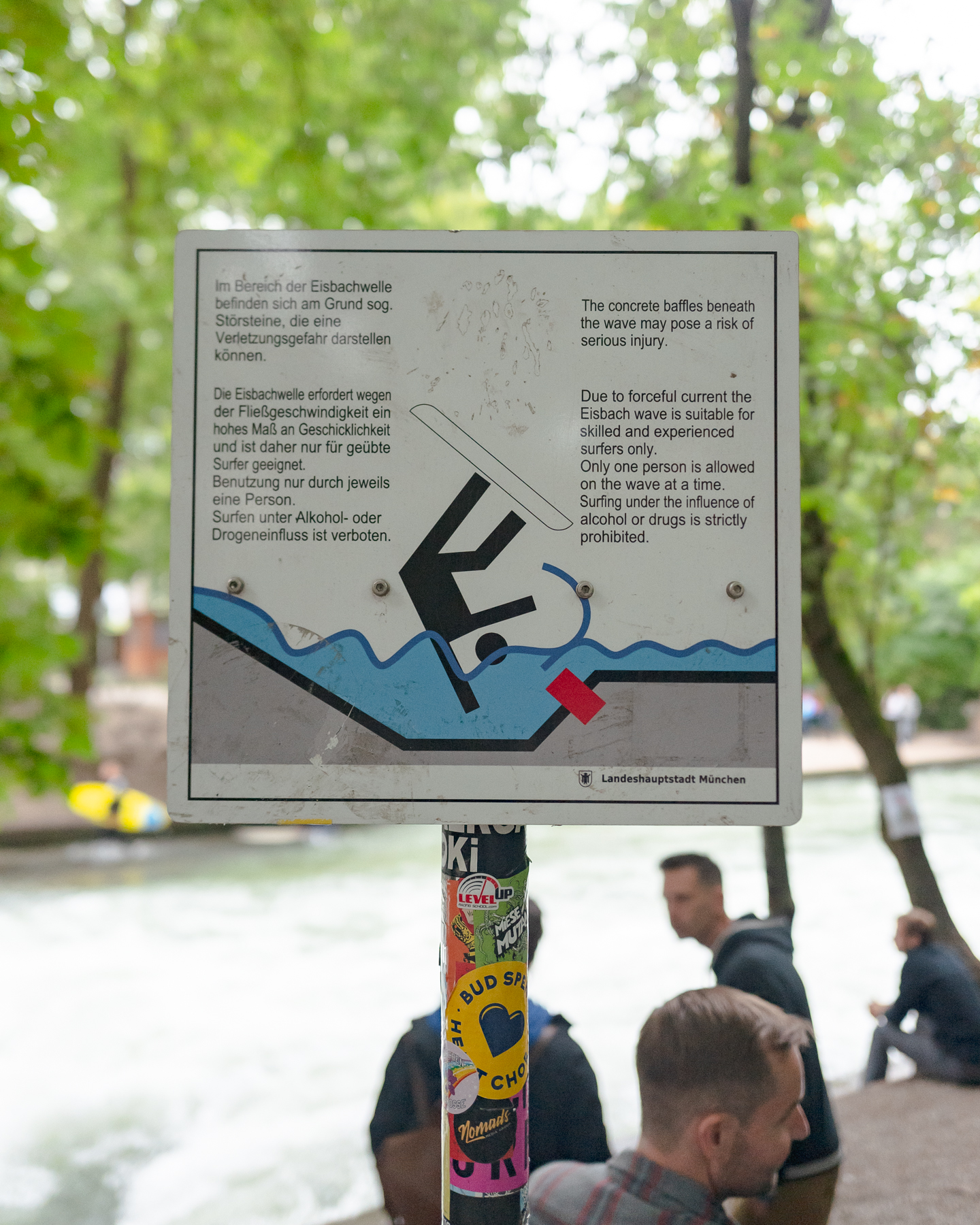 Leica Q · f/2 · 1/1000 · ISO
1000
Leica Q · f/2 · 1/1000 · ISO
1000
This spot is popular year-round and can attract as many as a hundred or more surfers on warm days. There’s an unspoken system that governs the usage of the wave. Two queues of surfers donning wetsuits form on either side of the river. They alternate, giving the wave a try from each side. Unlike surfing in the ocean, they don’t have time to paddle in and ride the wave, instead jumping right in with board in hand. Every surfer goes for a minute or so until they either fall off or voluntarily jump off.
 Leica Q · f/2.8 · 1/500 · ISO
500
Leica Q · f/2.8 · 1/500 · ISO
500
U-Bahn stations
Some of Munich’s best public architecture can be found underground, under the city. Each station along the city’s many U-Bahn subway lines is unique architecturally. Some are so magnificent that if we had more time, we would have spent a whole day jumping on and off trains to walk through and photograph them.
Here is a small selection of my favorites.
Marienplatz
Marienplatz station was built right before the start of the 1972 Munich Summer Olympics and is my favorite. The continuous line of white ceiling lighting along the orange cylindrical corridors mirrors feels right out of a sci-fi film like 2001: A Space Odyssey.
 Leica Q · f/1.7 · 1/60 · ISO
100
Leica Q · f/1.7 · 1/60 · ISO
100
Olympia-Einkaufszentrum
This station, opened in 2004, is consistent with modern station architecture seen in other parts of the world. I found the pattern of raised pyramids along the walls to be genuinely striking.
 Leica Q · f/1.7 · 1/60 · ISO
1000
Leica Q · f/1.7 · 1/60 · ISO
1000
Georg-Brauchle-Ring
This is yet another modern station, having opened in 2003. The walls are clad in a giant artwork titled The Great Journey, by Berlin artist Franz Ackermann. Each panel is either a single color or adorned with a map or photograph from around the world.
 Leica Q · f/16 · 1/8 · ISO
2000
Leica Q · f/16 · 1/8 · ISO
2000
Westfriedhof
This station is the most dramatic of the ones we visited. The platform is much darker than usual and lit by eleven 12-foot wide dome-shaped lamps, each in a different primary color.
 Leica Q · f/16 · 1/4 · ISO 800
Leica Q · f/16 · 1/4 · ISO 800
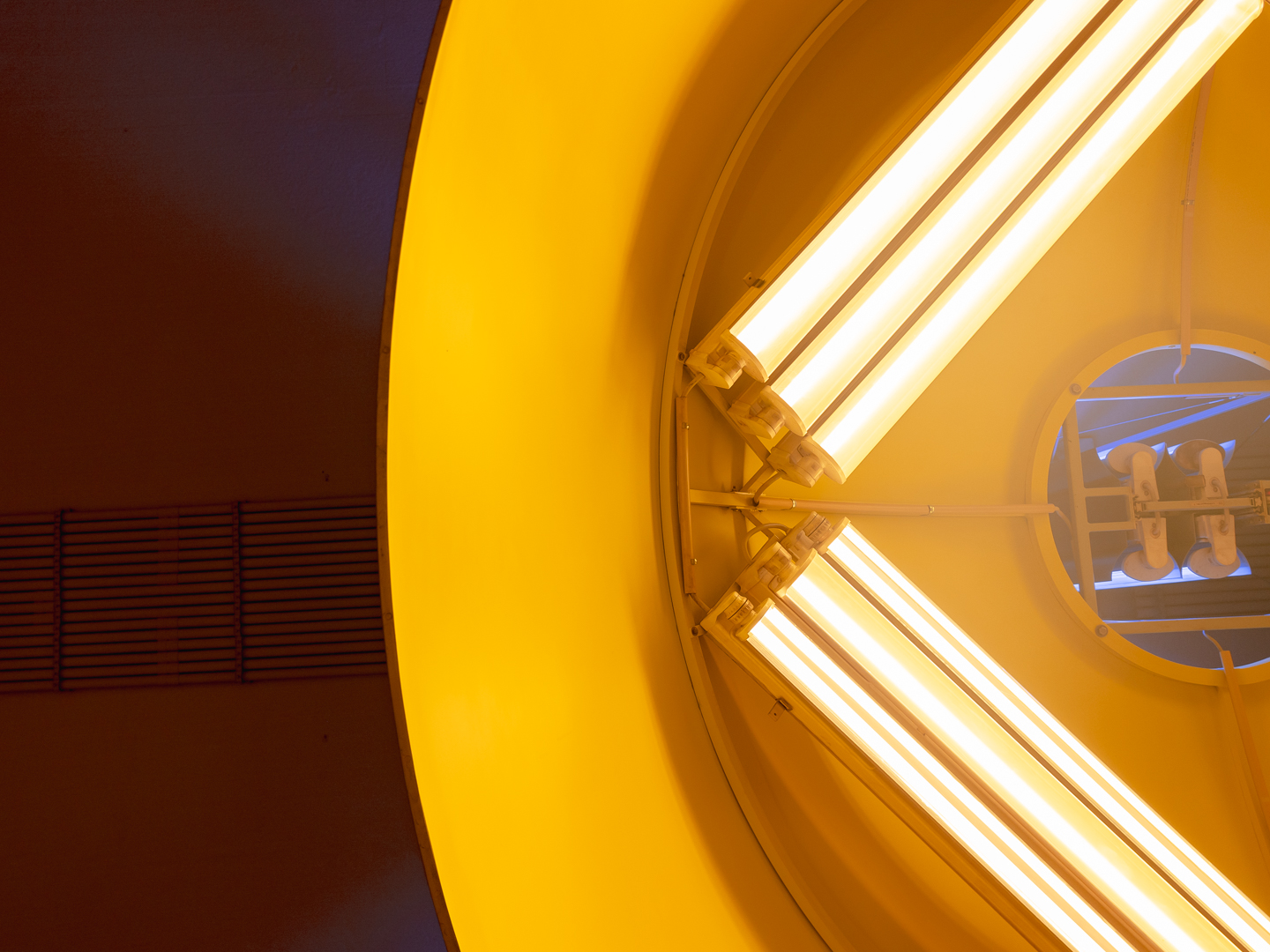 Leica Q · f/5.6 · 1/60 · ISO
160
Leica Q · f/5.6 · 1/60 · ISO
160
Böhmerwaldplatz
This, like Marienplatz, has a pure graphic quality to it. The walls are a light blue color with a yellow strip featuring the station name along the middle. The supporting columns are large, arched, and clad in green tiles.
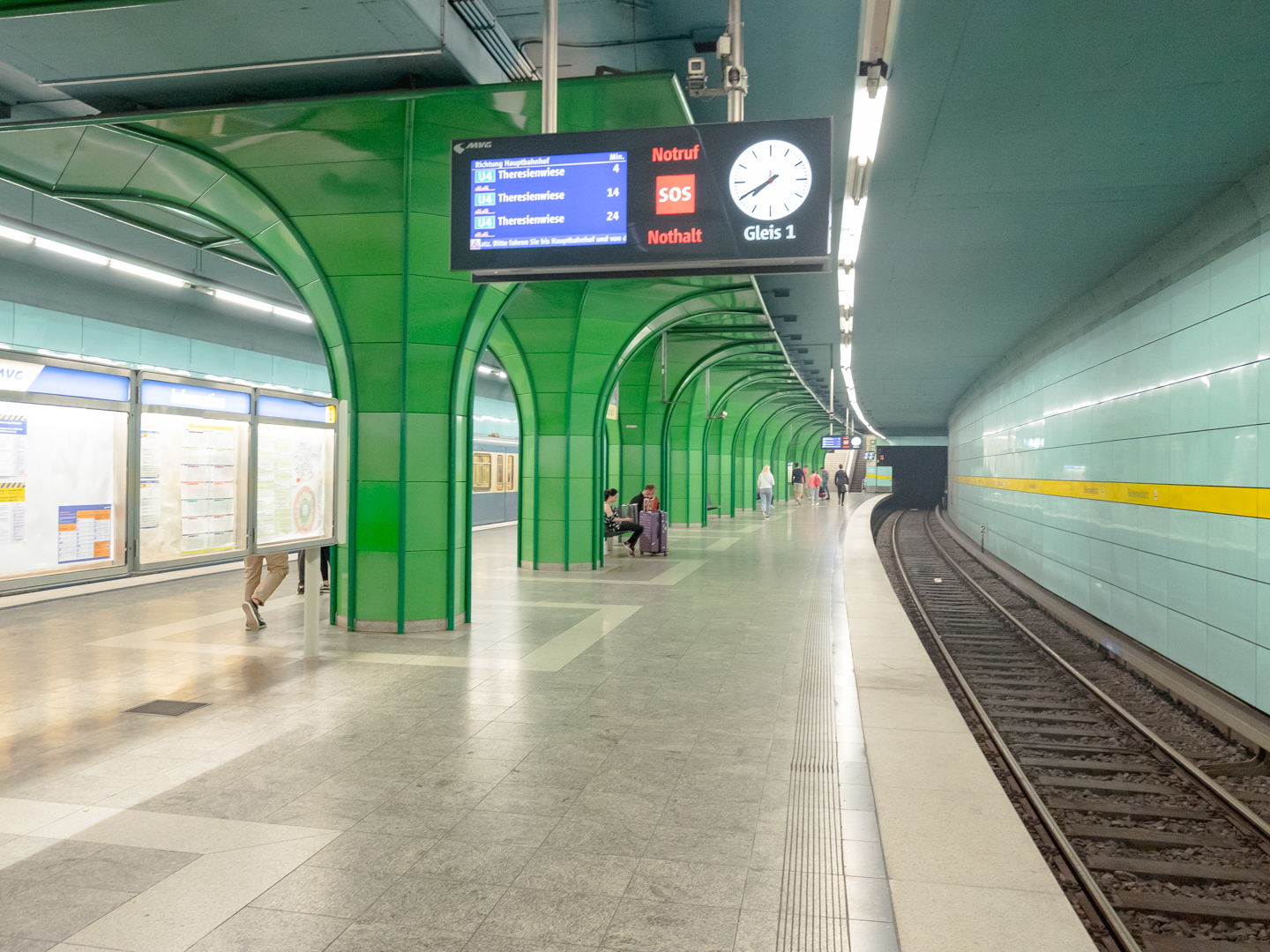 Leica Q · f/5 · 1/60 · ISO
2000
Leica Q · f/5 · 1/60 · ISO
2000
Olympiapark
One evening, we capped off our day of touring with a visit to the Olympiapark München, site of the 1972 Summer Olympic Games.
We spent most of our time in the Olympiaturm, the nearly 1000-foot Olympic tower. From there, we could admire the Olympic Village and the beautiful membrane-like roofs of the stadium and other arenas that Frei Otto designed.
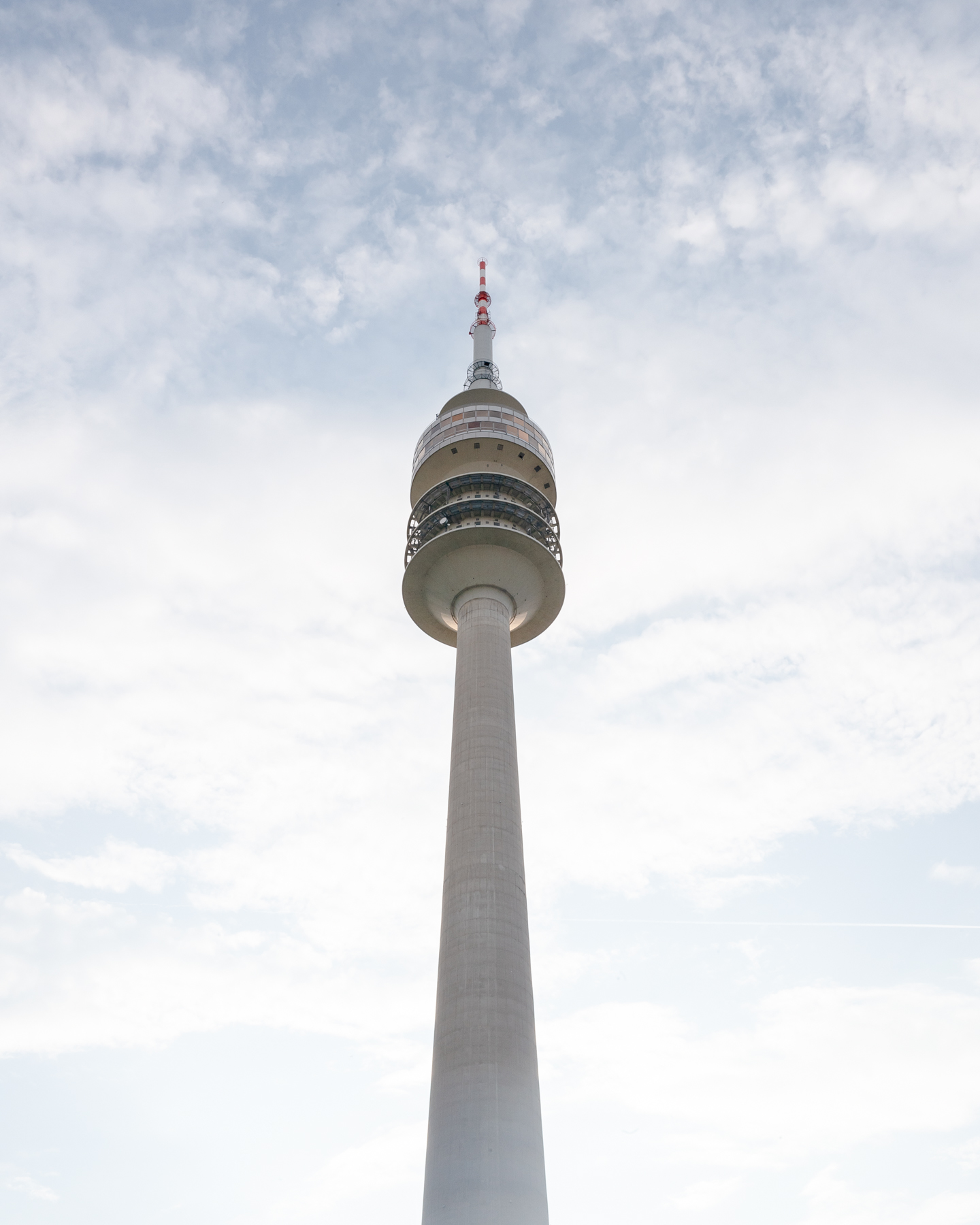 Leica Q · f/16 · 1/250 · ISO
100
Leica Q · f/16 · 1/250 · ISO
100
 Leica Q · f/16 · 1/60 · ISO
400
Leica Q · f/16 · 1/60 · ISO
400
 Leica Q · f/16 · 1/60 · ISO
250
Leica Q · f/16 · 1/60 · ISO
250
 Leica Q · f/16 · 1/100 · ISO
100
Leica Q · f/16 · 1/100 · ISO
100
On the ground, we also spotted a few signs and other examples of Otl Aicher’s excellent graphic design work for the Olympic games.
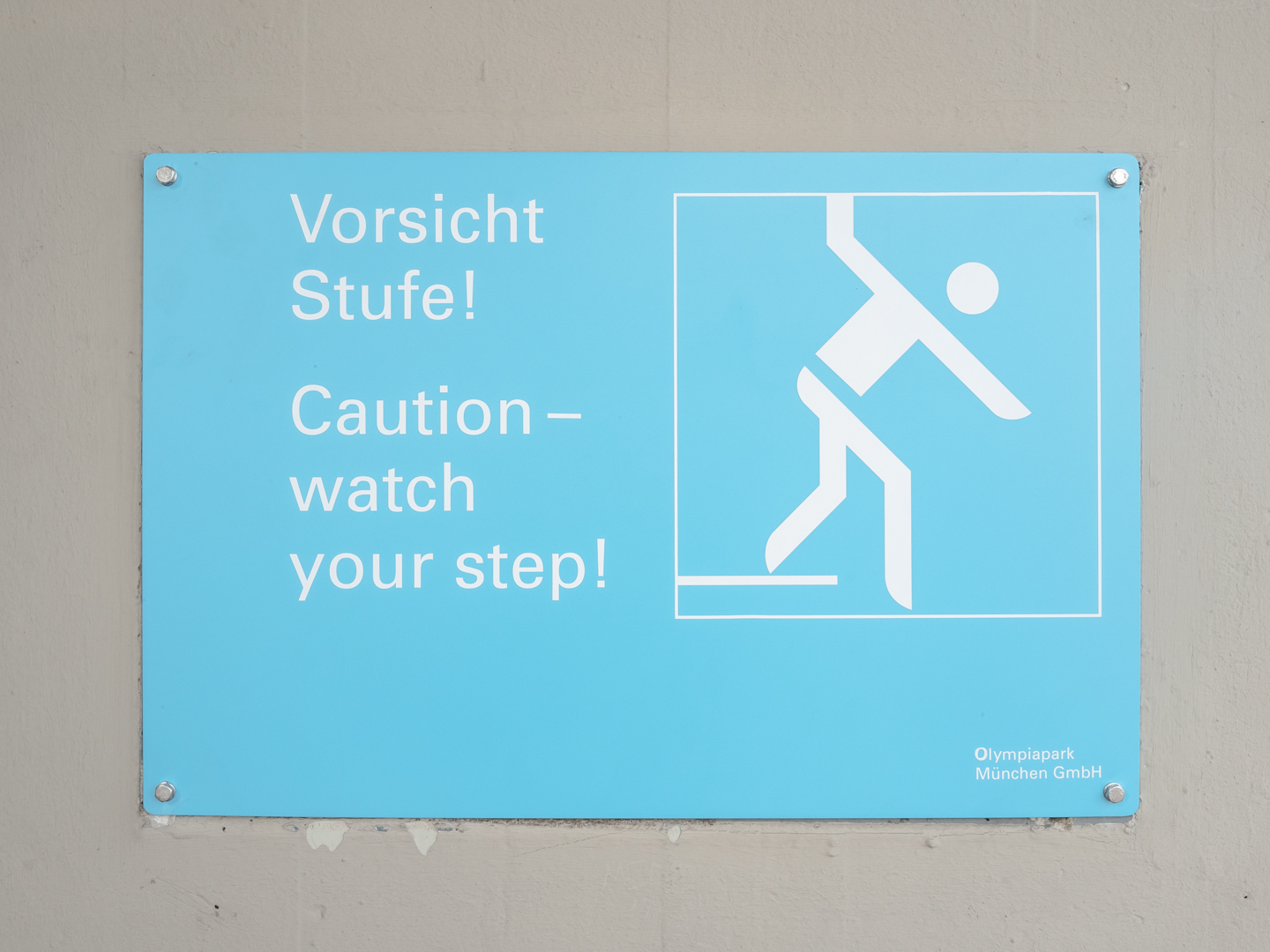 Leica Q · f/16 · 1/60 · ISO
250
Leica Q · f/16 · 1/60 · ISO
250
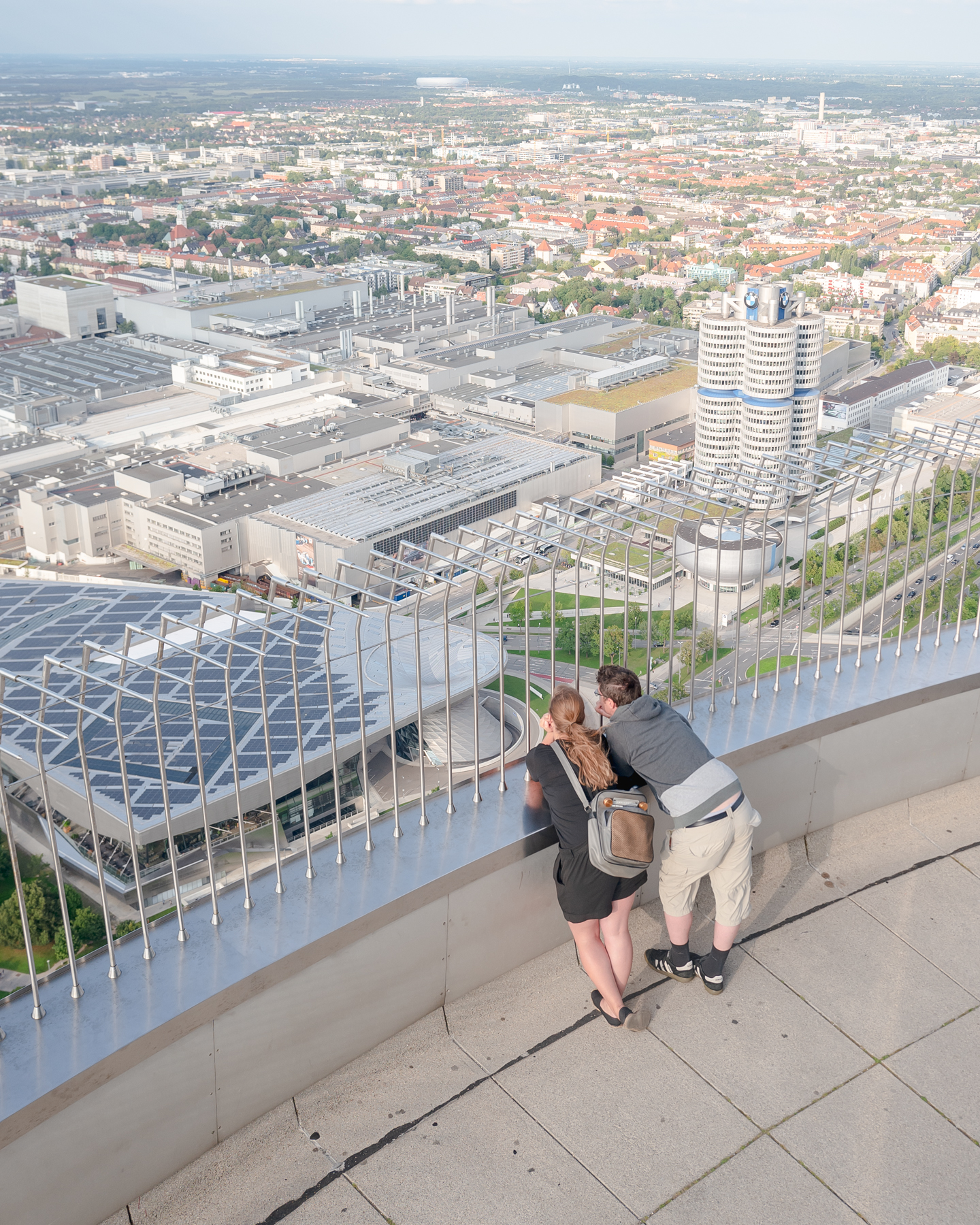 Leica Q · f/5.6 · 1/500 · ISO
100
Leica Q · f/5.6 · 1/500 · ISO
100
 Leica Q · f/1.7 · 1/800 · ISO
100
Leica Q · f/1.7 · 1/800 · ISO
100
Stay tuned for the next post about two of the museums we visited while in Munich.
Thanks to Q for reading drafts of this.
